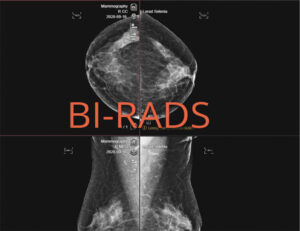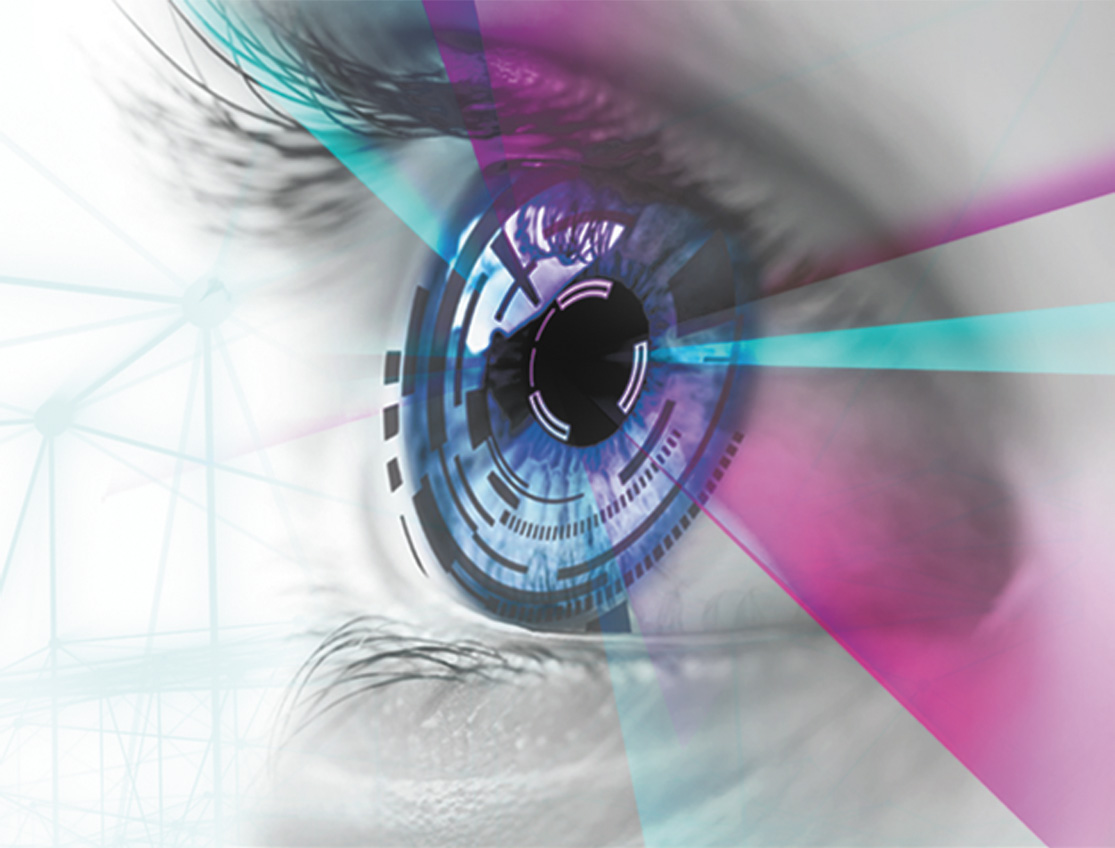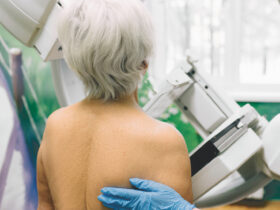By Sharla Gayle Patterson, MD, MBA
 When you receive the results of a mammogram, you may notice a term called “BI-RADS” followed by a number. This system can seem confusing at first, but it is an important tool that radiologists use to communicate findings clearly and consistently. Understanding what BI-RADS means can help you feel more informed and confident about your breast health.
When you receive the results of a mammogram, you may notice a term called “BI-RADS” followed by a number. This system can seem confusing at first, but it is an important tool that radiologists use to communicate findings clearly and consistently. Understanding what BI-RADS means can help you feel more informed and confident about your breast health.
What is BI-RADS?
BI-RADS stands for Breast Imaging Reporting and Data System. It is a standardized system developed by the American College of Radiology to describe the findings on mammograms, breast ultrasounds, and breast MRIs. Think of BI-RADS as the “language” that radiologists use to ensure everyone—doctors, surgeons, and patients—understands the results in the same way.
The BI-RADS Categories
BI-RADS uses numbers from 0 to 6, each representing a specific level of concern and recommended next steps:
. BI-RADS 0: Incomplete—more imaging or information is needed.
. BI-RADS 1: Negative—no signs of cancer; routine screening recommended.
. BI-RADS 2: Benign (non-cancerous) finding—routine screening recommended.
. BI-RADS 3: Probably benign—less than 2% chance of cancer; short-term follow-up suggested.
. BI-RADS 4: Suspicious abnormality—biopsy should be considered.
. BI-RADS 5: Highly suggestive of malignancy— appropriate action should be taken.
. BI-RADS 6: Known biopsy-proven malignancy— treatment is underway.
“Probably Benign” makes me nervous!
One of the most misunderstood categories is BI-RADS 3: Probably Benign. When you see this on your report, it means that the radiologist has identified something that is almost certainly not cancer. In fact, the chance of cancer is less than 2%. The recommendation is usually to repeat the imaging in 6 months, rather than immediately doing a biopsy.
Is BI-RADS 3 Subjective?
It’s important to know that BI-RADS 3 is not a subjective opinion. Radiologists use strict criteria to assign this category. Features that are considered “probably benign” have been studied extensively and are known to have a very low risk of being cancer. Examples include certain types of small, round masses or tiny cysts that have not changed over time.
Why Not Just Do a Biopsy?
Because the risk of cancer is so low, immediate biopsy is not recommended for BI-RADS 3 findings. Instead, short-term follow-up imaging is suggested to make sure the finding does not change. This approach avoids unnecessary procedures, anxiety, and potential complications.
What Should You Do if You Receive a BI-RADS 3 Result?
. Follow the recommended schedule for repeat imaging, usually in 6 months.
. Understand that this is a cautious, evidence-based approach designed to keep you safe while avoiding unnecessary interventions.
. Know that most BI-RADS 3 findings remain stable or even disappear over time.
In Summary
The BI-RADS system is the universal language of mammogram reports, designed to make breast imaging results clear and actionable. A BI-RADS 3 result means “probably benign” and is based on well-established criteria—not just a radiologist’s opinion. Following the recommended follow-up ensures that any changes are caught early, while also minimizing unnecessary worry and procedures.
If you have questions about your mammogram report, your healthcare team is always available to help explain what your results mean for you.
239.758.PINK (7465) | magnoliabc.com
3530 Kraft Rd, Suite 202,
Naples, FL 34105
24040 S Tamiami Trail, Suite 202
Bonita Springs, FL 34134
14440 Metropolis Ave
Fort Myers, FL 33912
1206 Country Club Blvd.,
Cape Coral, FL 33990








